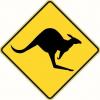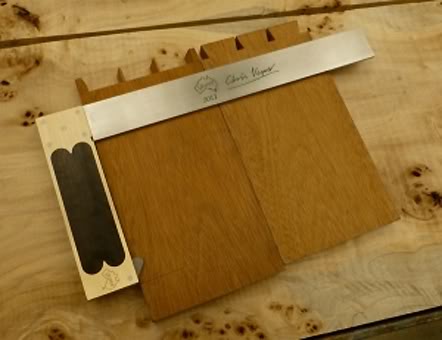Stevens post on "I guess I can use this" brought Try Squares to mind. I see old brass/rosewood/steel try squares on the auction site every now and then when I think about buying a large one. (I haven't bought a big one yet, but will likely have a 12" sooner or later.)
I do have one that belonged to my dad. It is a Stanley #20 in nearly new condition.
I checked it with one of my old drafting triangles a few years a go, and it was dead square, at least by my drafting triangle.
From my perspective, it looks like the old brass/rosewood/steel try squares were the premium models that they sold back then, there were all steel models, but they appear to be cheaper.
The question is, are a lot of these old premium try squares extremely accurate at 90 degree angles in your experience?
Thanks and regards,
Stew




 Reply With Quote
Reply With Quote









